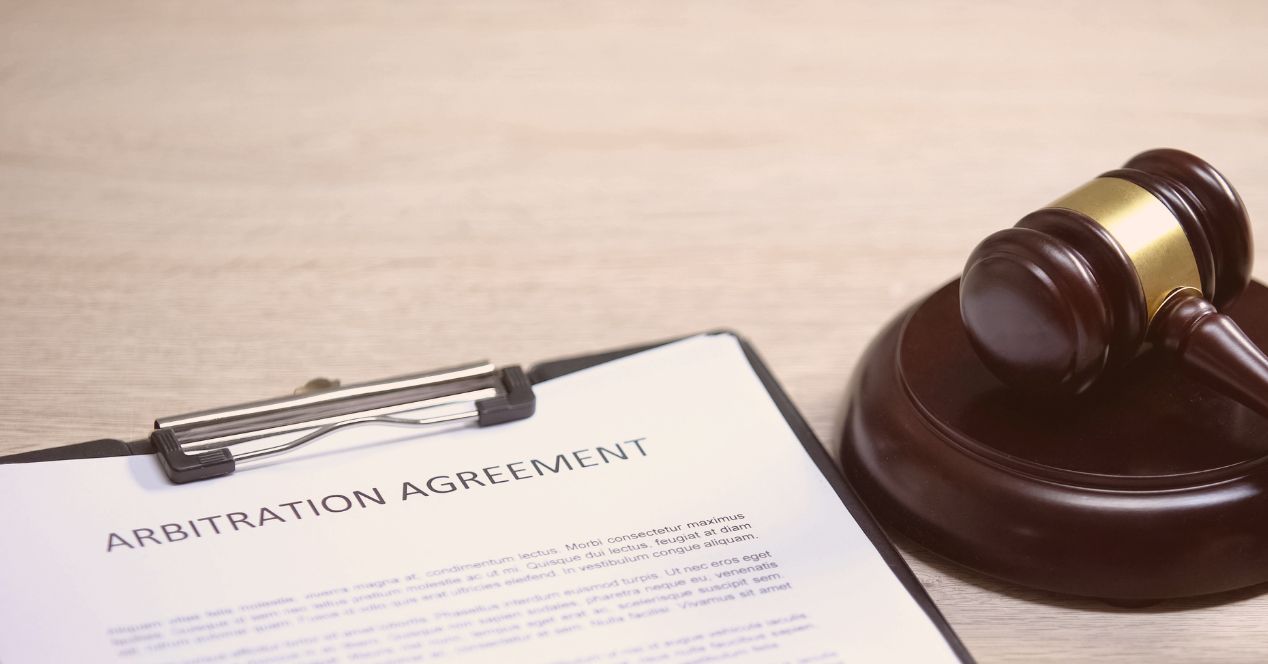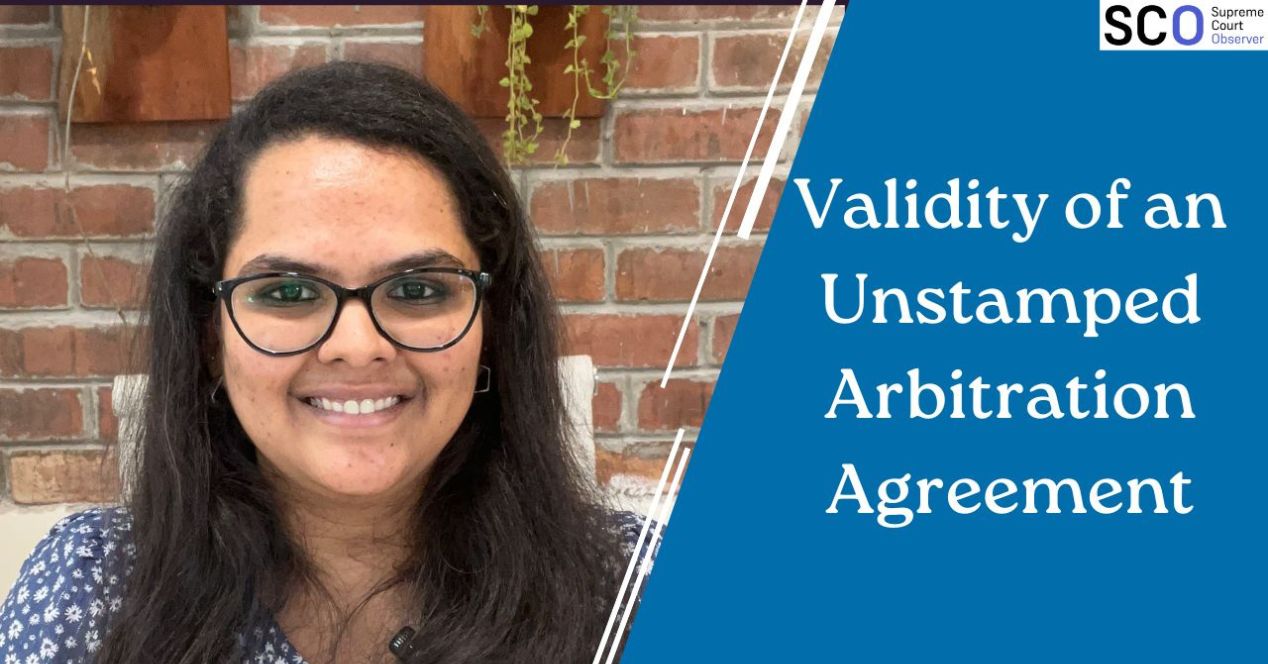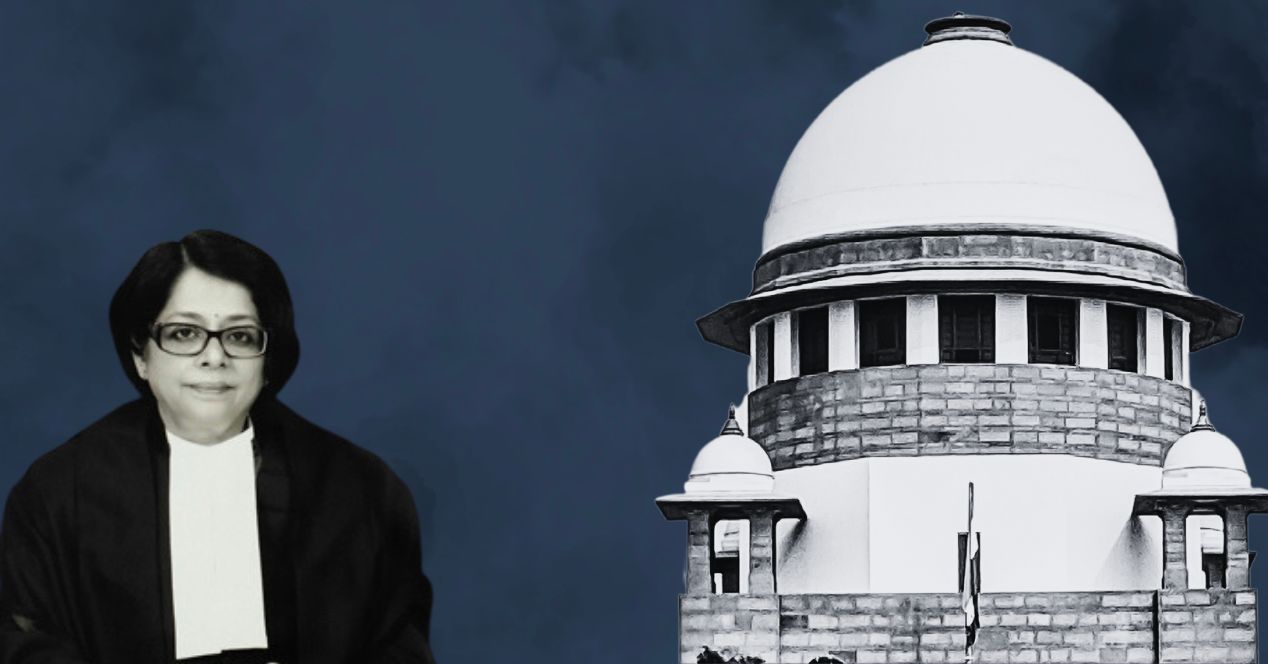Analysis
Supreme Court endorses the application of the group of companies doctrine in arbitration
By affirming that non-signatories can be parties, the ruling provides a fillip to arbitration as a mode of dispute resolution

In India, judgments in the area of arbitration have seen a more expansionist approach in recent years. The decision of a Constitution Bench of the Supreme Court in Cox & Kings v SAP India Pvt. Ltd is a continuation of that trend.
The referral was made by two separate orders (referring and concurring) of a three-judge bench in Cox & Kings in 2022. The referring order (per then-Chief Justice N.V. Ramana and Justice A.S. Bopanna) sought a clarification on whether the Group of Companies doctrine (“GOC doctrine”) could rightly be located in the phrase “claiming through or under” in Sections 8 and 45 of the Arbitration and Conciliation Act, 1996. It questioned whether the GOC doctrine expounded by the 2012 decision in Chloro Controls v Severn Trent was valid in law. The referring order struck a somewhat sceptical note, finding that the law in Chloro Controls and the cases following it appears to have been based more on convenience rather than legal provisions.
On the other hand, the concurring order (authored by Justice Surya Kant) raised the same fundamental question in a broader, more enthusiastic fashion. It observed that the appropriate response to the prevailing uncertainty would be an authoritative determination of the contours of the doctrine rather than its “wholesale uprooting” from Indian arbitration law.
In Cox and Kings, the Constitution Bench leans towards Justice Surya Kant’s view of the matter. In so doing, the Supreme Court not only provides conceptual clarity on the foundations of the GOC doctrine and the extent of its applicability, but also grounds the doctrine firmly within Indian arbitration jurisprudence.
Briefly stated, the Constitution Bench draws a doctrinal distinction between independent entities (though forming part of a larger group of companies) who may yet be drawn into an arbitration agreement despite being non-signatories, and those that hold a derivative status (by claiming “through or under” a signatory or as an alter ego).
The decision in Chloro Controls conflated these categories. The judgement in Cox & Kings separates them, finding that the phrase “claiming through or under” refers only to successors in interest that act in a derivative capacity. The Supreme Court makes it clear that the GOC doctrine does not find its source in the phrase “claiming through or under.” It is an independent doctrine that provides a means to infer the mutual intentions of the signatory and non-signatory so as to bind the latter by the arbitration agreement.
Cox & Kings sets out the indicators that would determine whether a non-signatory in a GOC is a “veritable party” to the arbitration agreement. In doing so, it affirmed its decision in ONGC v Discovery Enterprises Private Ltd. & Anr. (2022). Apart from the threshold requirement (that the non-signatory be a part of a larger GOC ), the factors include the mutual intent of parties, the relationship of a non-signatory with a signatory, commonality of subject matter, the composite nature of transaction and the performance of the underlying contract. It also clarifies that its authoritative pronouncement on the GOC doctrine ought not to be interpreted to exclude the application of other doctrines and principles for binding non-signatories to arbitration agreements.
Though Chloro Controls applied the GOC doctrine in the context of a foreign arbitration under Part II of the Arbitration Act, the contours of the doctrine and its applicability are significantly wider today. The Supreme Court’s decisions in Ameet Lalchand Shah v Rishab Enterprises (2018) and Discovery Enterprises applied the GOC doctrine in the context of domestic arbitrations. Cox and Kings affirms this position.
The judgement traces the evolution of formal consent in the Indian arbitration landscape, bifurcating it into the pre-Chloro Controls and post-Chloro Controls eras. Decisions in the pre-Chloro Controls era include, most famously, the 2003 decision in Sukanya Holdings P. Ltd. v Jayesh Pandya, where the Supreme Court held that there could be no bifurcation of causes of action and that persons who were not parties to the arbitral agreement could not be added to arbitration proceedings.
Much has changed since 2003. The law laid down in Sukanya has seen considerable erosion over the years. Section 8 was amended in 2015 and contemplates a referral to arbitration—“if a party to the arbitration agreement or any person claiming through or under him, so applies…notwithstanding any judgement, decree or order of the Supreme Court or any Court…” In the 2018 decision in Ameet Lalchand Shah, the Supreme Court applied the business efficacy test and set aside a Delhi High Court decision that refused to refer parties to arbitration on the ground, amongst others, that Sukanya Holdings had not been overruled per se.
While Cox & Kings references Sukanya by way of history, it does not expressly overrule it or clarify that it is no longer good law. However, its expansion of the understanding of parties to an arbitration agreement to include non-signatories in a GOC further narrows down the areas where Sukanya could apply. The trend of judicial opinion suggests that a future judgement of the Supreme Court may hold that Sukanya already stands overruled.
Cox & Kings also provides a new dimension to the doctrine of separability. As ordinarily understood, the doctrine envisages the arbitration agreement as being separate and severable from the underlying contract. However, it nevertheless contemplates a unity of parties—though the agreements may be different, the parties to both are the same.
The Supreme Court in Cox & Kings, however, seems to expand on this traditionalist conception of the doctrine of separability, when it observes that “to join a non-signatory to arbitration, the decisive question that has to be answered is whether a non-signatory consented to the arbitration agreement, as distinct from the underlying contract containing the arbitration agreement.” As a consequence, not only can the underlying agreement be separated from the arbitration agreement, but the arbitration agreement could also be seen to have different parties from the underlying agreement.
Cox & Kings provides another fillip to arbitration as a means of dispute resolution in India. In his concurring order in the referral, Justice Surya Kant highlighted why this was desirable—the doctrine provides a means for grappling with complex multi-party business transactions and ensures that the circumvention of arbitration is avoided (thereby reducing the burden on courts).
While his order emphasised that the GOC doctrine “is an exception to the general rule of arbitration,” it appears that the exception may ultimately supplant the rule.
Gulnar A. Mistry is a civil litigator based in Mumbai.




